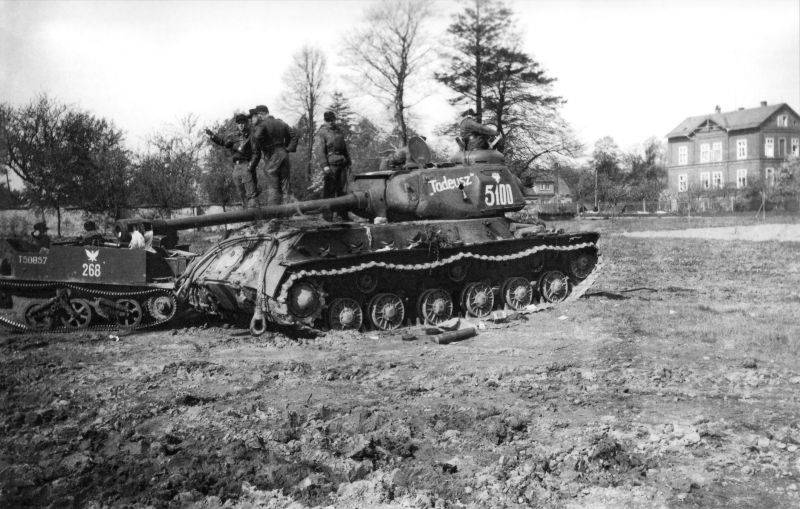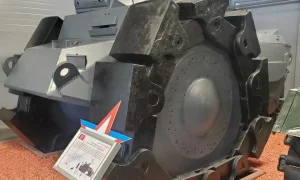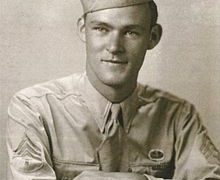What Actually Happened at The Battle of the Seelow Heights?
The Battle of the Seelow Heights was one of those instances where the public’s perception of the situation was seriously distorted by a lack of information. Now we have the opportunity to slightly correct our ideas about what happened in April 1945 east of Berlin.
By April 1945, the fate of the Third Reich was already decided. The armies of the USSR and Western allies squeezed the ring. The whole question now was in what configuration and at what cost the war would end. The Allies blocked the main forces of the German Western Front in the Ruhr with a series of maneuvers. The Red Army, on the other hand, stood on the bridgeheads beyond the Oder, a few tens of kilometers from Berlin, and was preparing for the final push.
At the beginning of April it was not clear who exactly would enter the German capital. The collapse of the German front awakened Churchill’s ambitions. The British leader wrote to Roosevelt about the need for an early breakthrough to the depth and the capture of Berlin. However, this plan was opposed by the commander of the Allied forces, Dwight Eisenhower. He noted that a breakthrough to Berlin with bare flanks would lead to a supply crisis, and in a military sense, it was necessary to break up the group surrounded in the Ruhr and prevent the Wehrmacht from retreating to the so-called Alpine fortress in Bavaria and western Austria.
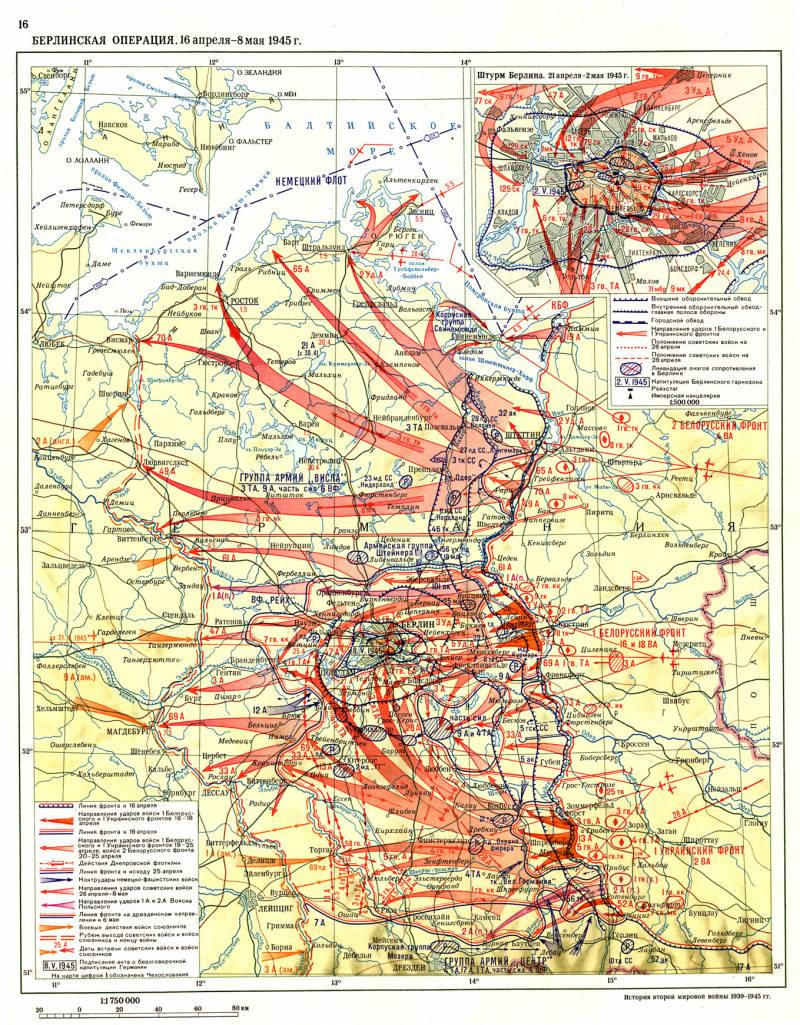
Interestingly, no one even mentioned earlier agreements with the Soviet Union. Military considerations prevailed. Therefore, a headlong dash to Berlin from the west did not take place.
Meanwhile, Stalin was well aware that Berlin was giving serious political preferences to who would occupied it, so he was not going to lose such a valuable prize from his hands. There were also purely military reasons to defeat the Nazis as soon as possible. The Wehrmacht was not at all incompetent. The German army still numbered several million soldiers, and the stocks of weapons allowed them to conduct active battles for several more months.
A little-known fact is that the Germans tried to impose their will on the Allies to the very end, and the last cauldron of war dates back to April 1945, when several Polish divisions were surrounded near Bautzen, from where they were rescued with difficulty by Soviet Forces. In a word, to stop and complacently wait for the allies to pull up from the west was in any case a bad idea.
Georgy Zhukov presented two plans for the conquest of Berlin to the headquarters. The “long” plan assumed the consolidation of bridgeheads beyond the Oder and the encirclement of the Germans in Frankfurt an der Oder. According to this plan, two Soviet fronts bypassed Berlin from the south with combined forces, inflicting only auxiliary blows from Kustrin. The ramming of two fronts immediately south of Berlin, no doubt, would have demolished everything in its path: in reality, much smaller forces managed there. However, it took at least a few more weeks to implement it.
According to Stalin, the Red Army did not have a few weeks. Therefore, it was necessary to implement a “short program”: Konev’s 1st Ukrainian Front was operating south of Berlin, and Zhukov’s 1st Belorussian Front was advancing directly on the German capital. He left for the 1st Belorussian Front to prepare an attack on the German capital.
Thus began the battle for the Seelow Heights.
Location of the battle
Seelow Heights is about a twenty-kilometer range of rather steep hills 40–50 meters North East of Berlin. The Wehrmacht equipped a dense line of defense on them. They were defended by a tank corps of five divisions with armored vehicles. The natural barrier was not only the heights, but also numerous irrigation canals: the Russians even interpreted these reclamation structures as anti-tank ditches. In addition, a deep ravine lies between the heights.
Zhukov initially understood that this operation would not be an easy walk. The 8th Guards Army of General Chuikov aimed at the heights. In 1942, under a different number, she defended the streets of Stalingrad, now she had to fight again inside a large city. However, before that, it was necessary to break through the defenses of the Wehrmacht at the heights.
Understanding all the difficulties of this attack, Zhukov reinforced Chuikov’s shooters with Katukov’s 1st Guards Tank Army. This is one of the iconic formations of the second half of the war, which went through the crucible of many battles, including Kursk and heavy battles in Poland. In the operation against Berlin, Katukov had a twofold task: firstly, to strengthen the army in a difficult direction, and secondly, to isolate Berlin from its potential saviors from the south.
Initially, the infantrymen of the 8th Guards were supposed to create a breakthrough: the tank army was theoretically already developing their success. One should not think that the infantry was thrown into battle under the protection of gymnasts: Chuikov had a whole scattering of tank and self-propelled regiments and brigades with a total strength of 175 tanks and self-propelled guns, almost half of which were heavy IS-2s. In addition, the guards received two breakthrough artillery divisions to reinforce. A huge number of gun barrels made it possible to reduce the artillery preparation: the number of shells that were fired in several hours in other operations was used near Berlin in 30 minutes.
On April 14, reconnaissance took place in front of the army positions, and on April 16, after five in the morning, artillery preparation for a grandiose offensive began. 280 guns per kilometer of front created a huge density of fire. According to Chuikov, “the whole Prioderskaya plain seemed to be shaking.” During the day of the battle, the Red Army fired more than a million shells.
The attack began half an hour later, under searchlights. Although this idea excited the imagination of writers and filmmakers, the essence of the idea was quite prosaic: to carve out extra hours of daylight hours. True, this idea yielded almost nothing because of the dense clouds of smoke and dust.
The rifle battalions of the 8th Guards went one by one into this smoke and dust. The first heavy battle was given to them at the turn of the canal east of the heights. The IS’2s dueled German tanks and anti-tank guns across the canal while the sappers tried to build bridges. The German artillery came to life, nailing the surviving crossings. The Russians relocated their guns closer to the battlefield to suppress their German counterparts. During the day, they broke through the channel, but then it was necessary to climb to the heights and remove the wide minefields found in the depths. Contrary to the well-known tale, Soviet instructions on overcoming minefields did not at all contain recommendations to launch infantry through them: sappers made passages while infantry and tanks secured themselves at the foot of the heights, and gunners on both sides waged a furious fight with each other.
Helmut Altner, a young German conscript, recalled:
The thunder of the cannons merges into a single roar, everything in the air howls, whistles, trembles and buzzes … We are in a huge cauldron. Hell is in front of us, around us and behind us – the Russians are beating our trenches like a drum… Shells screechingly cut the air and explode. Raised to their feet, the refugees look like ghosts – women, children and old people, not awake, half-dressed. On their faces – despair and mortal, indescribable fear.
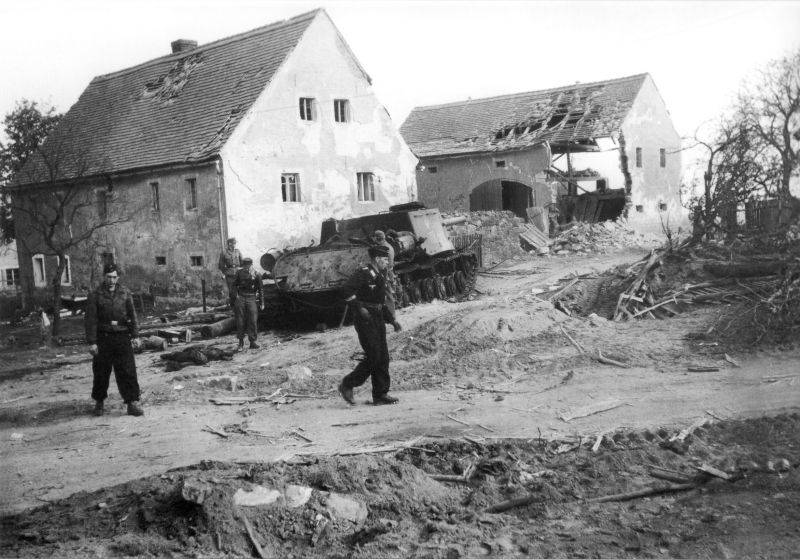
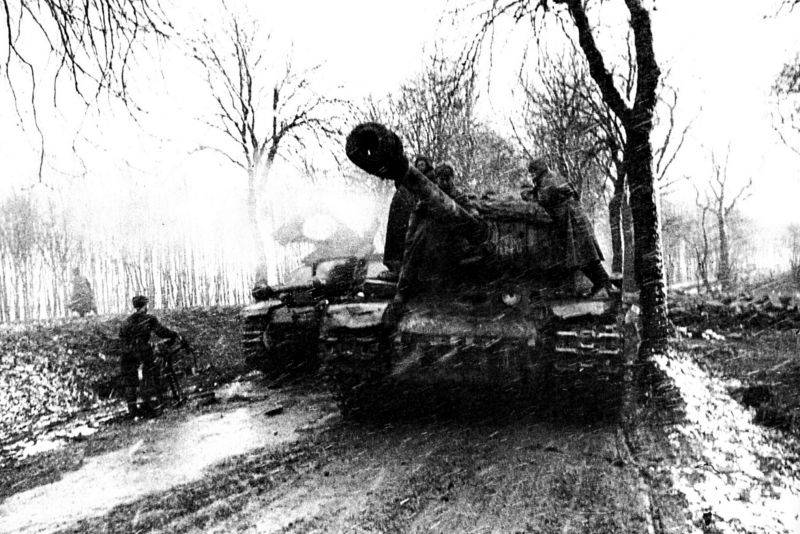
Progression of the Battle
Already by dinner, Zhukov realized that the advance of the guards was slow, and ordered to reinforce them with a tank army. Five thousand tanks and self-propelled guns is a serious argument, and they decided to use it on the first day. Finding organized resistance, Katukov immediately began to grope for a weak spot in the enemy’s redoubts. Tanks mainly fired from place, supporting the infantry and firing shells in huge numbers. Therefore, on the first day, the tank army lost only 36 vehicles, and not burned out, but along with damaged ones.
In general, the first day gives the impression of a major, fierce battle, but the Russians moved forward quite confidently: the Wehrmacht was pushed back ten kilometers and forced to retreat to the very heights. The counterattack of the tank division on the “Panthers” ended in beating them with heavy guns.
The next day the battle continued. Katukov did not try to push the colossus of his tank army through the narrow tunnels and passages on the heights. Tank brigades began to enter the fields north of the hills. Moreover, as soon as one of the brigades achieved success, a corps was deployed to its sector, and then the entire army. Chuikov was left with only a small force to support him. Sensing success, the tankers quickly orientated themselves and transferred the main forces to where they had reason to hope for a result. It should be noted that all this does not correspond much to the picture of frontal pressure and beatings in fruitless attacks: the armored armada demonstrated not only courage, but also professionalism. Zhukov is not tired of being criticized for the quick deployment of tank troops, but in fact it was the tankers who were the first to make a hole in the defenses of the adversary.
Chuikov’s army at that time made its way through the heights. The constant counterattacks of the German reserves forced them to stagnate. The guards did not advance, but crushed the German units, which were constantly attacking, including with heavy tanks.
Field reconnaissance soldier Alexei Ivanov spoke about the battles at the foot of the heights:
Dashing from funnel to funnel we got to our front trench. In one place, I see a German helmet. I kick her! Look, the German is getting up. Can you imagine? Forty or fifty years old, and most importantly, overgrown with such. Usually the Germans were neat, but this one was literally overgrown with bristles…. I knew a few words in German and somehow explained to him with gestures: “Run there, to our rear.” The German turned, raised his hands and ran. And it is clear that he is running and waiting for me to shoot him in the back now. But I didn’t shoot. And then we look, about two hundred Germans raised their hands and come to us to surrender.
In general, the day of April 17 makes a strange impression. It seemed that things were going nowhere worse, meanwhile, in reality, it was on that day that the Wehrmacht commanders lost all opportunities to influence the situation, used not only all their own, but also the last reinforcements sent from the rear, and north of the heights the front began to spread under the blows of
Katukov’s tankers.
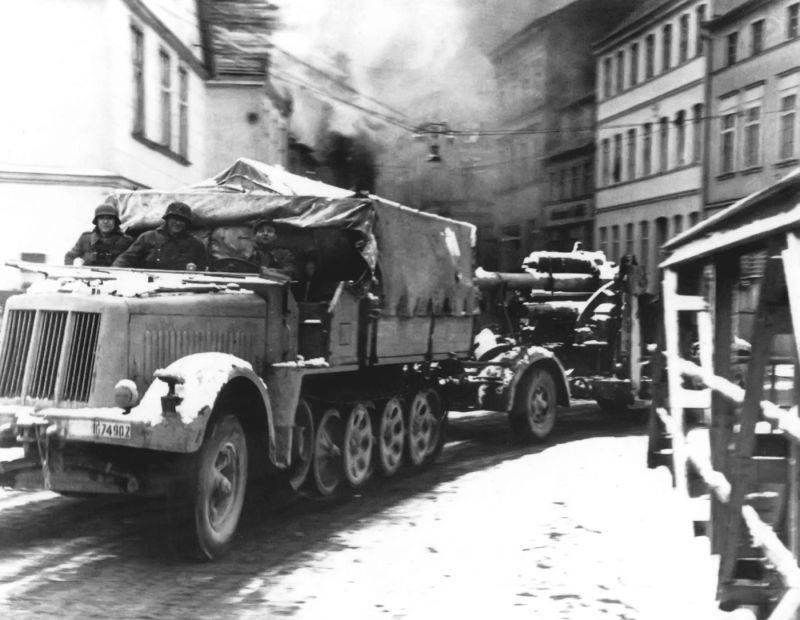
Breakthrough
April 18 brought almost unexpected success: the main forces of the tank army were pushed into a narrow gap north of the heights, which immediately turned south. Behind the tankers, Chuikov’s arrows entered the gap. In essence, the Seelow Heights were not hacked, but outflanked. The coverage meant that the redoubt east of Berlin would soon become a trap. In addition, to the north, in front of the neighbors of the 8th Guards and 1st Tank, the front simply collapsed. As a result, the Germans began to withdraw troops from the front on the heights. However, these efforts were already reminiscent of attempts to plug a dam break with a finger. Riflemen and tankers captured the town of Müncheberg in the evening and found that the enemy’s resistance had sharply weakened. The main line of defense was broken through, and the Russians rushed to the rear of the heights.
The pace of attack increased dramatically. The 8th Guards and 1st Tank Corps knocked out the cork and knocked the enemy out of their positions. The 56th Panzer Corps of the Wehrmacht retreated to Berlin, followed by Soviet divisions. The positions on the Seelow Heights were abandoned.
By April 22, the 8th Guards Army broke out to the outskirts of Berlin. This breakthrough had one important, although not immediately obvious, result: if the main forces of the 56th Panzer Corps were thrown back to Berlin, then everyone who defended to the south was pushed back not to the west, but to the southwest, into the forests south of the city. This meant that they would not be able to take part in the defense of the German capital. The battle on the Seelow Heights culminated in the fact that the potential defenders of Berlin were partly defeated in an open field, and partly knocked out of the struggle for the capital. The divisions thrown back to the south were defeated in a separate encirclement near the Halbe station. They did not participate in the battles for Berlin.
After the fact, the losses of Soviet troops on the Seelow Heights became the subject of speculation. All the victims of the Berlin operation from the Baltic coast to Thuringia were recorded in the losses at the heights, all the wounded were declared dead. Of course, any death is a tragedy, but even more so, one should not discuss the cost of victory using such techniques.
Causalities and Losses
From April 11 to May 1, 1945, the 8th Guards Army lost 4566 people dead and missing and about 19 thousand wounded. The 1st Guards Tank Army lost 1453 soldiers killed and missing, 5857 people were wounded. Thus, the price of the Seelow Heights and, we emphasize, also the city of Berlin for both armies amounted to about 6 thousand people dead or missing and up to 25 thousand soldiers and officers wounded. These sacrifices cannot be called insignificant.
However, this is not the mythical 300-500 thousand dead on the Seelow Heights, which is commonly mentioned in discussions.
When considering the results of battles for the heights, an extremely important element is usually missed: the condition and losses of the enemy. The Seelow Heights were defended by the 56th Panzer Corps of the Wehrmacht, and its neighbors on the right and left also took part in the battle. It was these troops, retreating to Berlin, that made up the most combat-ready part of the garrison, and the commander of the 56th Corps, Helmut Weidling, turned out to be the last commandant of the Reich capital.
Panzer Division “Müncheberg” consisted of 6 thousand people with 35 tanks before the start of the fighting. The small number is due to the fact that shortly before the battles for Berlin, part of the division was cut off and destroyed in Kustrin. A few days later, the division withdrew to Berlin, with two hundred soldiers and four tanks in the ranks. The SS division “Nordland” was in a much better condition: it was reduced during the battles for the heights from 11 to 4 thousand soldiers and officers. The 20th Panzer Grenadier Division retained a thousand men out of 8 at the beginning of the battle. The 18th Panzergrenadier Division saved four thousand out of nine initially, and finally, the 9th Airborne Division saved only 500 out of 12 thousand soldiers at the beginning of the battle.
Let us emphasize that Weidling’s interrogation protocols were not intended for publication and were extracted from the archives only in the 1990s, so it is hardly possible to talk about editing the document for propaganda purposes. From these testimonies, a picture emerges of the complete defeat of the Germans by the army of the Red Army.
Although Chuikov and Katukov did not have the opportunity to assess in detail the impact of their own forces on the enemy, we can now say that out of 40 thousand soldiers in Weidling’s divisions, less than 10 thousand people managed to retreat to Berlin proper. Let us note that the deliberately incomplete losses of the Wehrmacht are practically equal to the victims of the Red Army, which obviously include losses beyond the heights.
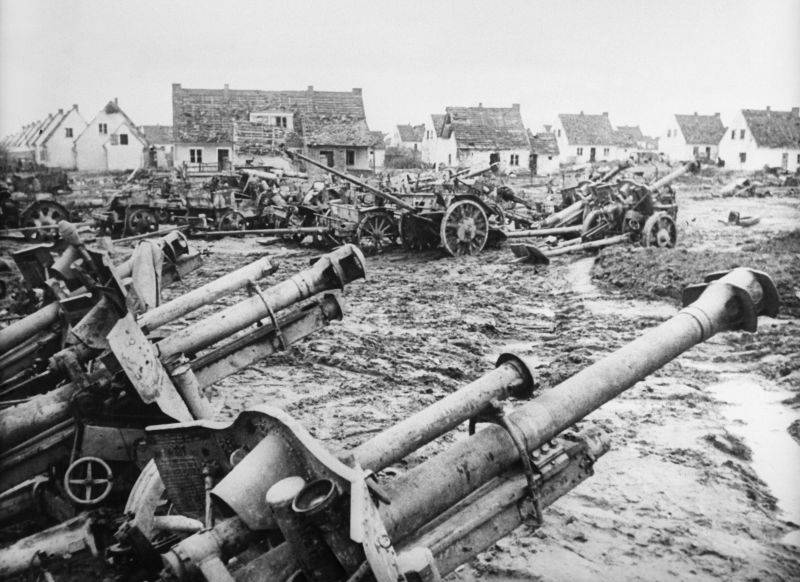
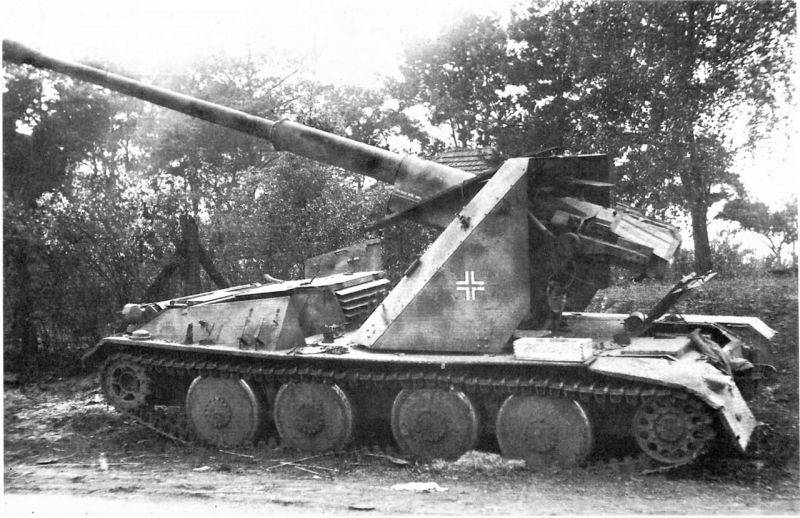
Conclusions
The battle for the Seelow Heights, on closer examination, leaves no stone unturned from the legend about itself. The image of the “victory we suffered” begins to fade. In the bottom line, only the fact of the stubborn resistance of the Wehrmacht in the height area turns out to be true.
Meanwhile, the assault on the heights was neither senseless nor unsuccessful. First of all, the 8th Guards and 1st Guards Tank Armies crushed the large Wehrmacht forces that could retreat to Berlin. The destruction of the main forces of the 56th Panzer Corps in the field meant less difficulty with them in the city.
Every extra soldier in the battle formations of the Red Army in Berlin accelerated the fall of the city. Much has been said – and rightly – about the weakness of the garrison of the German capital. Indeed, only a weak garrison could allow taking control of the metropolis within just 10 days. However, the weakness of the German troops defending Berlin is often taken for granted. The command of the Wehrmacht and Hitler personally were not going to give the protection of the capital to the mercy of militant schoolchildren and pensioners from the Volkssturm.
Zhukov formulated this task directly: “The more the enemy throws his troops towards our troops here, the easier and faster we will then take Berlin, since it is easier to defeat enemy troops in an open field than in a fortified city.” And in fact, it was this scenario that came true: those troops that were almost the closest to Berlin were killed precisely on the Seelow Heights. So the battle for the heights can be safely called an important and subsequently underestimated success of the Red Army.


